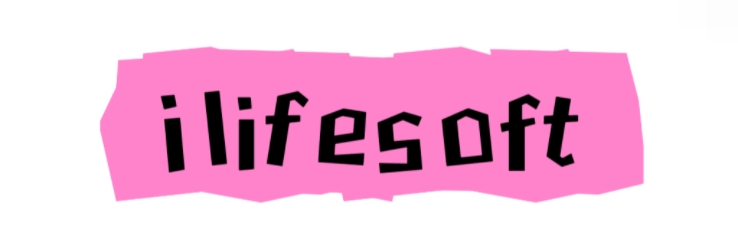How Does Sustainable Fabric Recycling Technology Work?
Oct. 15, 2024
If you want to learn more, please visit our website Jiamei Labels.
As the global fashion industry continues to grapple with its environmental impact, sustainable fabric recycling technology is emerging as a vital solution to reduce waste and promote eco-friendly practices. This article delves into how this innovative technology works, supported by insights from industry experts.
Understanding Sustainable Fabric Recycling Technology
Sustainable fabric recycling technology encompasses various methods and processes designed to reclaim and repurpose textile materials. The fundamental goal is to minimize landfill disposal and reduce the consumption of virgin resources in fabric production. Many processes are evolving, including mechanical recycling, chemical recycling, and closed-loop systems.
Expert Opinions on Sustainable Fabric Recycling
Mechanical Recycling Insights
According to Dr. Jane Roberts, a textile sustainability specialist, “Mechanical recycling is one of the most straightforward methods. It involves shredding the fabric and re-spinning the fibers. This process is less energy-intensive but often results in a decline in fiber quality.” This technology is particularly effective for natural fibers such as cotton and wool, ensuring that these materials are kept in circulation.
The Role of Chemical Recycling
Leading textile engineer, Tom Chen, emphasizes the importance of chemical recycling by stating, “Chemical recycling breaks down the fabric at a molecular level, allowing us to create new fibers that are virtually indistinguishable from virgin materials. This process is vital for synthetic fabrics like polyester, which are common in our wardrobes.” This innovative approach addresses quality issues that arise from mechanical recycling, enabling more sustainable product outputs.
Closed-Loop Systems and Their Benefits
Fashion innovator, Lisa Donnelly, points out that “Closed-loop systems are revolutionizing the recycling process. These systems ensure that textiles continually circulate through production cycles, significantly diminishing fabric waste. When brands implement these systems, they create accountability within the supply chain, ensuring that fabric is not only produced sustainably but also recycled effectively.” Such practices could potentially change the dynamic between consumers and the brand, fostering a more sustainable consumer culture.
Recommended article:Top 10 Themed Party Hawaiian Shirts for Ultimate Summer Fun
Choosing the Perfect Aloha Shirt for Your Luau
IN STORE Healthy Food
The Environmental Impact
Are Cheer Team Hawaiian Shirts Comfortable Enough for All-Day Events?
Bulk Buy Relaxed-Fit Sleep Attire for Comfort
Business Casual Hawaiian Shirts: 7 Stylish Picks for Work
Ultimate Guide to Cheer Team Hawaiian Shirts: Style & Comfort
Industry consultant Dr. Amir Patel argues, “The environmental advantages of adopting sustainable fabric recycling technology cannot be understated. This technology reduces water usage, classically associated with conventional fabric production, and decreases emissions linked to textile manufacturing.” By repurposing existing materials, companies can significantly lower their carbon footprints while meeting consumer demand for sustainable products.
Challenges in Sustainable Fabric Recycling
Despite its benefits, the transition to sustainable fabric recycling isn't without challenges. Sustainability expert Rachel Simmons highlights, “There are logistical issues and consumer education gaps that need to be addressed. Many consumers do not understand the recycling processes, which can hinder participation in fabric recycling programs.” By educating consumers and improving recycling systems, the fashion industry can foster a culture of sustainability.
Conclusion
As technology continues to advance, the capabilities of sustainable fabric recycling will grow, offering effective solutions to one of fashion’s biggest challenges: waste management. The opinions of industry experts underscore the importance of innovation and collaboration in championing a more sustainable future for textiles. By embracing these technologies, brands and consumers alike can play a critical role in reducing the ecological footprint of the fashion industry.
Are you interested in learning more about reflective printing clothing tags odm? Contact us today to secure an expert consultation!
Recommended article:What Are the Benefits of Aloha Shirt Uniforms?
Why Choose Cheer Team Hawaiian Shirts for Your Event?
How Volume Affects Fitness Bra Purchase Decisions?
80
0
0

Comments
All Comments (0)